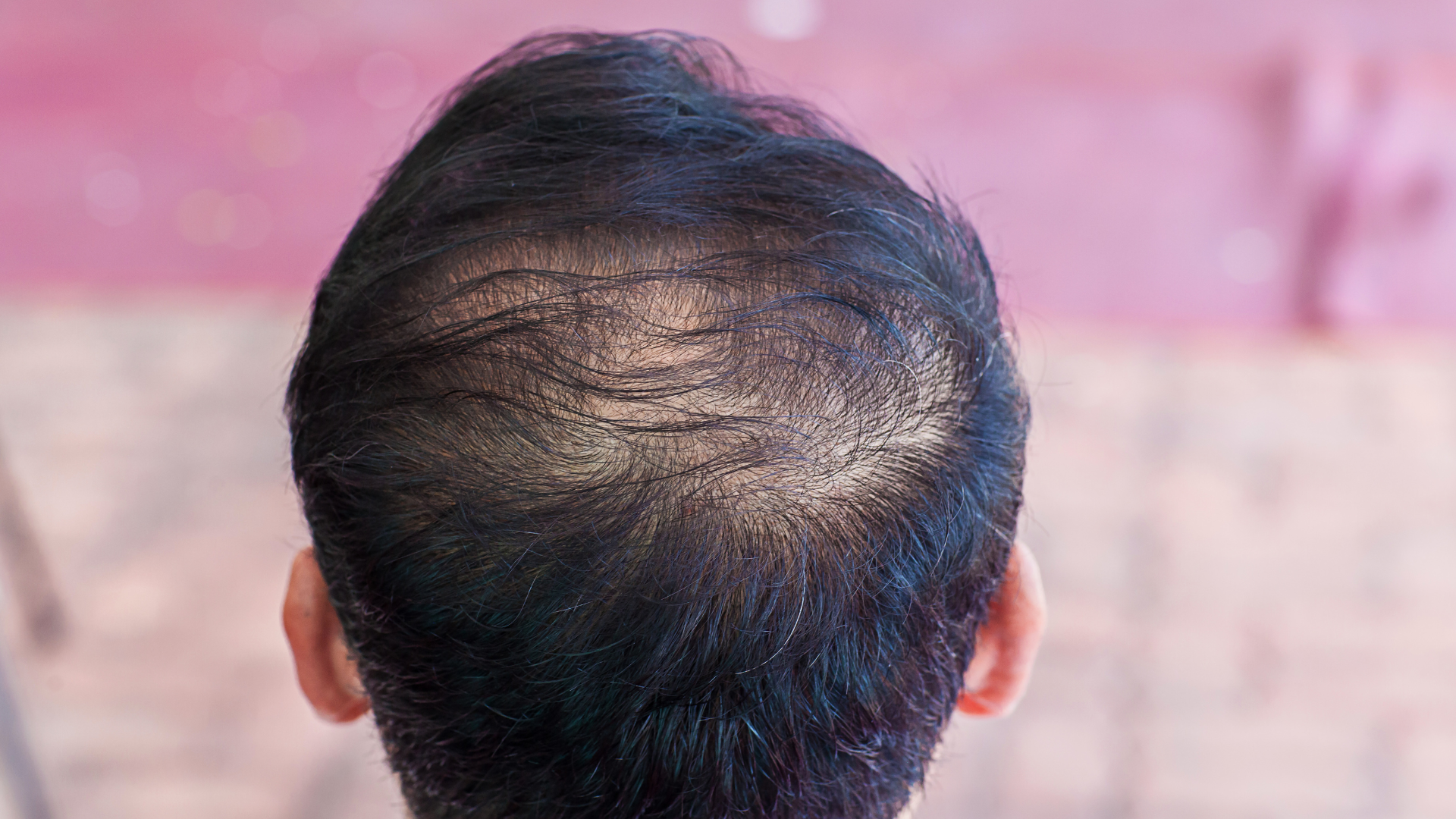VNS Treatments for Boomers
As the Baby Boomer generation ages, there is an increase in health issues that require medical attention. VNS (vagus nerve stimulation) treatments are becoming increasingly popular as they offer non-invasive solutions as well as treatments from home due to the increasing availability of portable nerve stimulation devices.
These non invasive vagus nerve stimulation devices can be found online, which is a great place to make the necessary comparisons when it comes to features. So if you class yourself as a boomer, and even if you don’t, why not look to discover how home treatment devices can potentially improve your health and well-being?
A Definition of the Boomer Generation
The Boomer or Baby Boomer generation is defined as those born between 1946 and 1964, and their medical concerns are primarily related to chronic conditions such as heart disease, arthritis, diabetes, cancer, and stroke.
VNS: What is it?
VNS (vagus nerve stimulation) is a form of medical treatment that stimulates the vagus nerve. It works by sending small electrical pulses to the nerve, which can stop inflammation and improve mood.
The device used in this procedure is typically connected to the patient’s neck or chest and is home-usable, making it a convenient and cost-effective way to treat medical issues for those in the Boomer generation.
It is worth asking your doctor or conducting research into the vagus nerve because it is not that well known just what impact it can have if damaged or how stimulating it can make the difference to certain conditions mentioned.
We only need to seek out a home device, these days, whereas in the past we would have had to wait for a clinic appointment and then travel at a time that might not have been entirely convenient for us.
VNS helps address issues of inflammation as well as helping with depression, which has the potential to result from periods of loneliness. In older age, many will find themselves alone, having lost a partner and so may feel anxious because of a lack of support and sometimes depressed by their situation.
What affects someone in the short term can soon turn into a longer-term condition that a person needs help with.
When we talk about inflammation, myalgia is one of the conditions that is thought to be helped by a VNS device, whether clinic or home-based.
There is no doubt that VNS treatments have become more convenient for everyone diagnosed as potentially benefitting from them. Just be careful to seek out the device that is going to be as good as if you had attended a clinic because you do not want to compromise in terms of getting the best treatment you can.
Benefits of Home Device Use
Having an at-home VNS device offers the benefit of convenience as well as personalization since the patient can adjust settings depending on their needs.
VNS treatments also offer a non-surgical solution for those who are wary of undergoing surgery. They do not require long hospital stays and there is no risk of infection or other complications.
Additionally, home device use allows the patient to monitor their condition more closely and make adjustments as necessary.
Any treatment that can be administered at home is going to prove more convenient to the patient and more cost-effective to everyone. It pays to know which treatments this is possible with and to weigh up the pros and cons of the option with a healthcare professional.
Conclusion
VNS treatments offer a non-invasive and convenient solution for the Boomer generation. With an at-home device, patients have more control over their health and can adjust settings depending on their needs and conditions. Such treatments offer a safe option with no infection risk or other complications that come with surgery.

